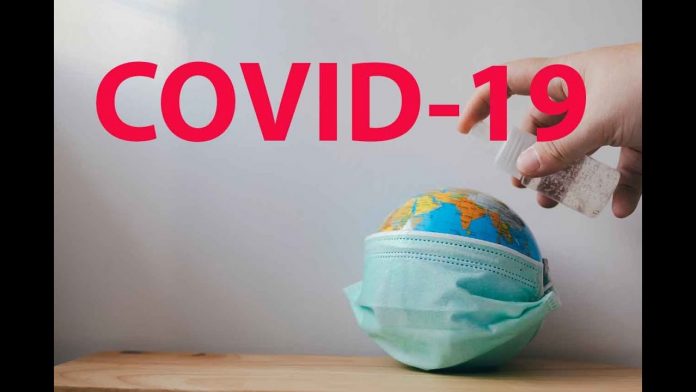TORONTO – COVID-19 Update – The Ontario government, in consultation with the Chief Medical Officer of Health, is extending its pause on the lifting of capacity limits in remaining higher-risk settings where proof of vaccination is required while the province continues to monitor trends in public health and health care indicators and learns more about the Omicron variant.
“While an increase in the number of cases was always expected as we entered the winter months, with the emergence of the Omicron variant we must continue following the measures we have in place that have been working for us,” said Dr. Kieran Moore, Chief Medical Officer of Health. “Over the coming weeks and months, we need to stay the course on reaching those who have not yet been vaccinated. If you have not yet received the vaccine, please do so today and if you are eligible for a booster dose, please book your appointment to provide yourself with an extra layer of protection. Achieving the highest vaccination rates possible remains our best defence against COVID-19 and variants.”
These settings having the safety brake applied include:
- food or drink establishments with dance facilities such as night clubs and wedding receptions in meeting/event spaces where there is dancing;
- strip clubs; and
- sex clubs and bathhouses.
“In line with Ontario’s cautious approach to date, as public health and medical experts learn more about the Omicron variant, we are continuing to take a deliberate pause in reopening to protect our hard-fought progress against COVID-19,” says Christine Elliott, Deputy Premier and Minister of Health. “As Ontario continues to take rapid action to protect against COVID-19 and variants, I encourage everyone to get their first, second or booster dose of the COVID-19 vaccine as soon as possible.”
The Health Ministry says, “While an increase in cases was always anticipated as more people socialize indoors due to colder weather, Ontario continues to have one of the lowest case rates in the country, well below the national average. Despite this, Ontario’s cautious approach and high vaccination rates have meant hospital and intensive care unit capacity continues to remain stable. As of December 6, 2021, there were 165 COVID-19 related critical illness patients (CRCI) in intensive-care units, representing only 7 per cent of overall ICU capacity in the province”.
To ensure Ontario’s hospitals were prepared to respond to any scenario, Ontario invested an additional $1.8 billion, bringing total new investments in hospitals to $5.1 billion since the start of the pandemic. This additional funding includes $760 million to create over 3,100 beds and $300 million to reduce surgical and diagnostic imaging backlogs. The province is also investing $342 million to add over 5,000 new and upskilled registered nurses and registered practical nurses as well as 8,000 personal support workers.
Because of this increased capacity, Ontario is able to safely admit approximately 300 patients with COVID-related critical illness into ICUs without putting at risk urgent surgeries. This would allow the province’s hospital system to effectively manage the intake of ICU patients projected as the most likely scenario by expert modellers in the coming months. Ontario can quickly surge up capacity further if necessary.
The months ahead will require continued vigilance. That’s why Ontario has continued to take a cautious approach to public health and workplace safety measures, such as continuing to require masking in indoor public settings throughout the pandemic.
The Ontario COVID-19 Science Advisory Table rightly points out that the current public health measures are effective against COVID-19 and variants, including Omicron, and that the COVID-19 vaccine remains highly effective against severe illness or hospitalization against the virus. In addition, every eligible Ontarian is strongly recommended to get vaccinated or receive their booster if they are eligible as soon as possible. If you have a child aged five to 11, book an appointment to get your child vaccinated today.

